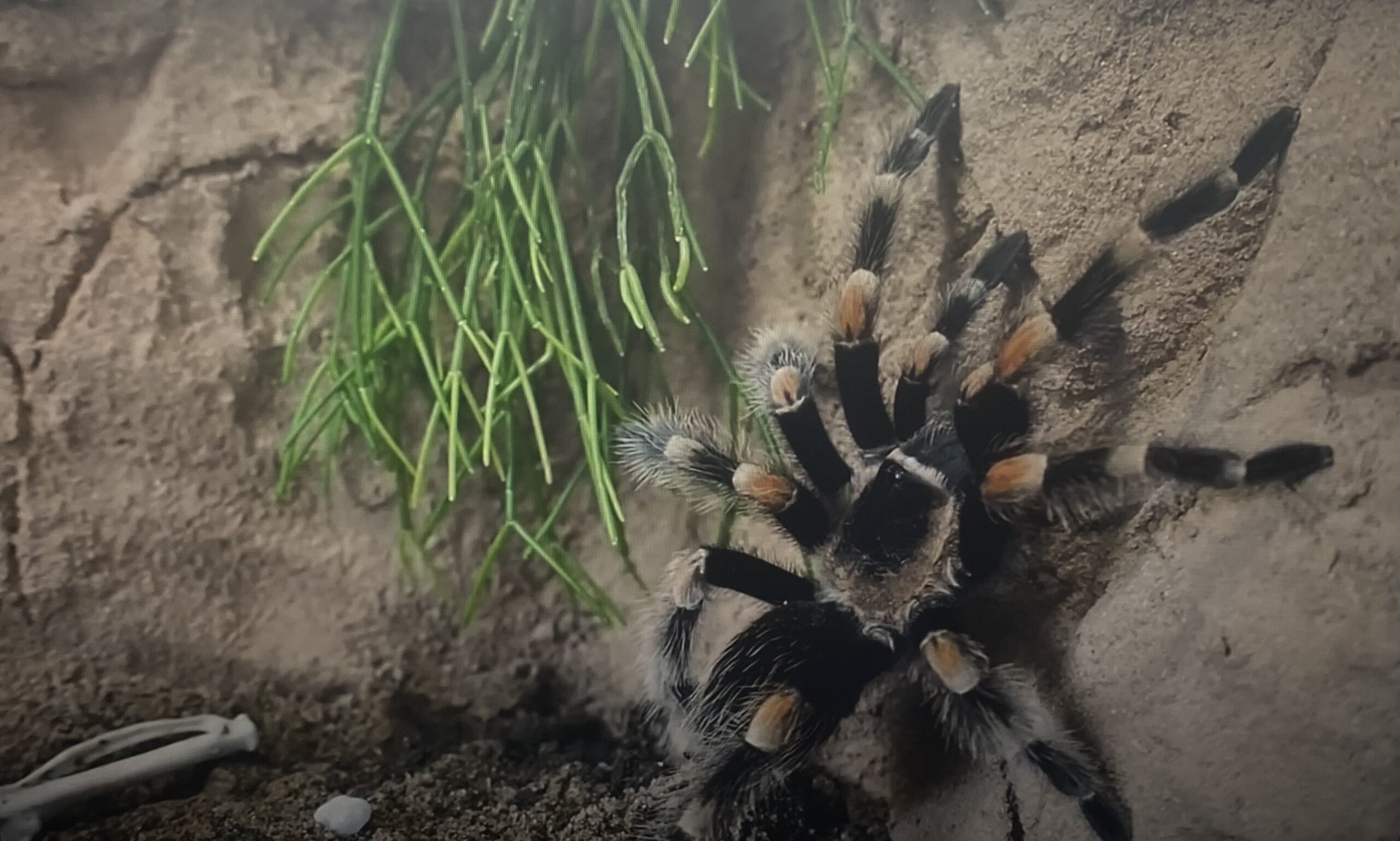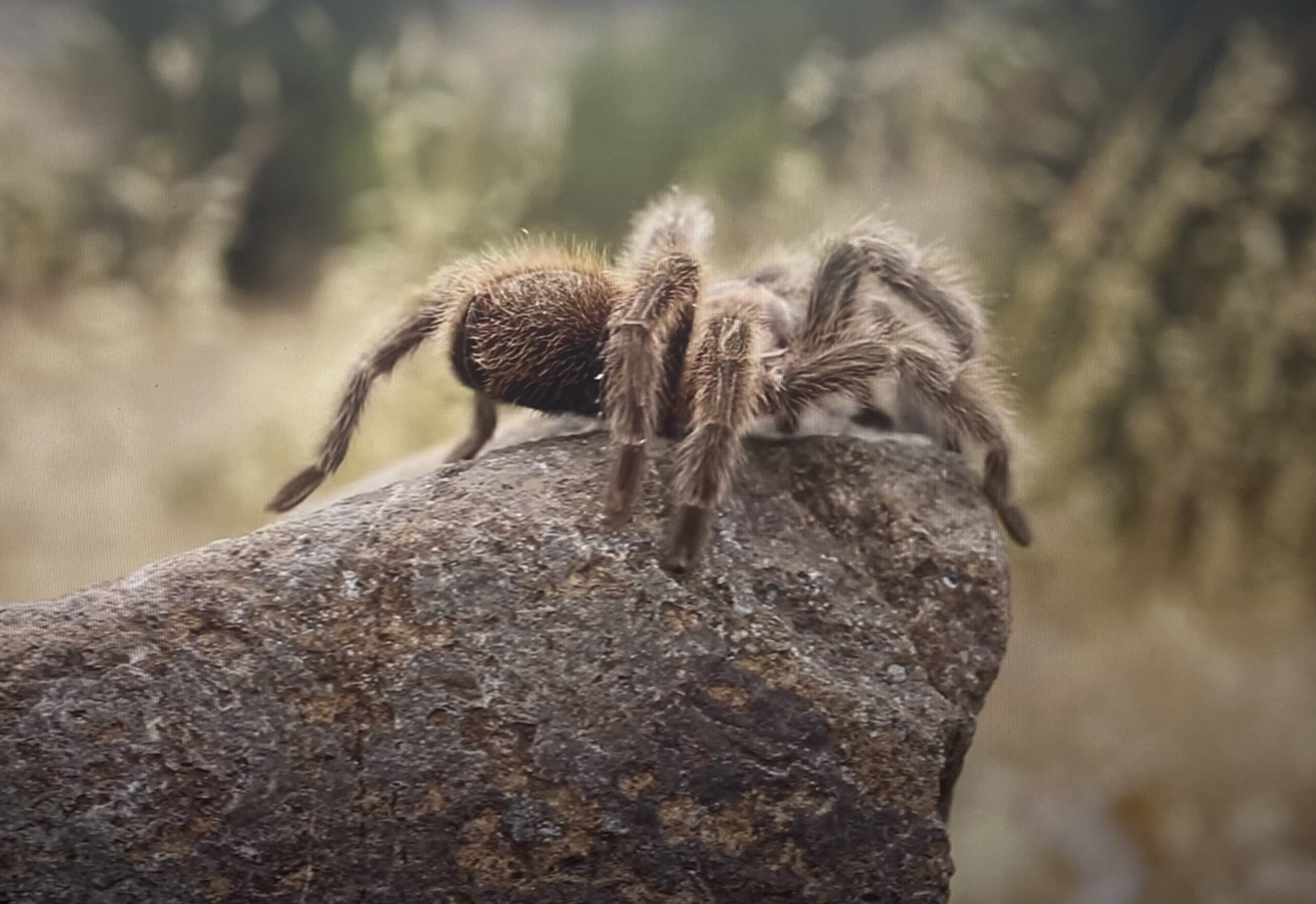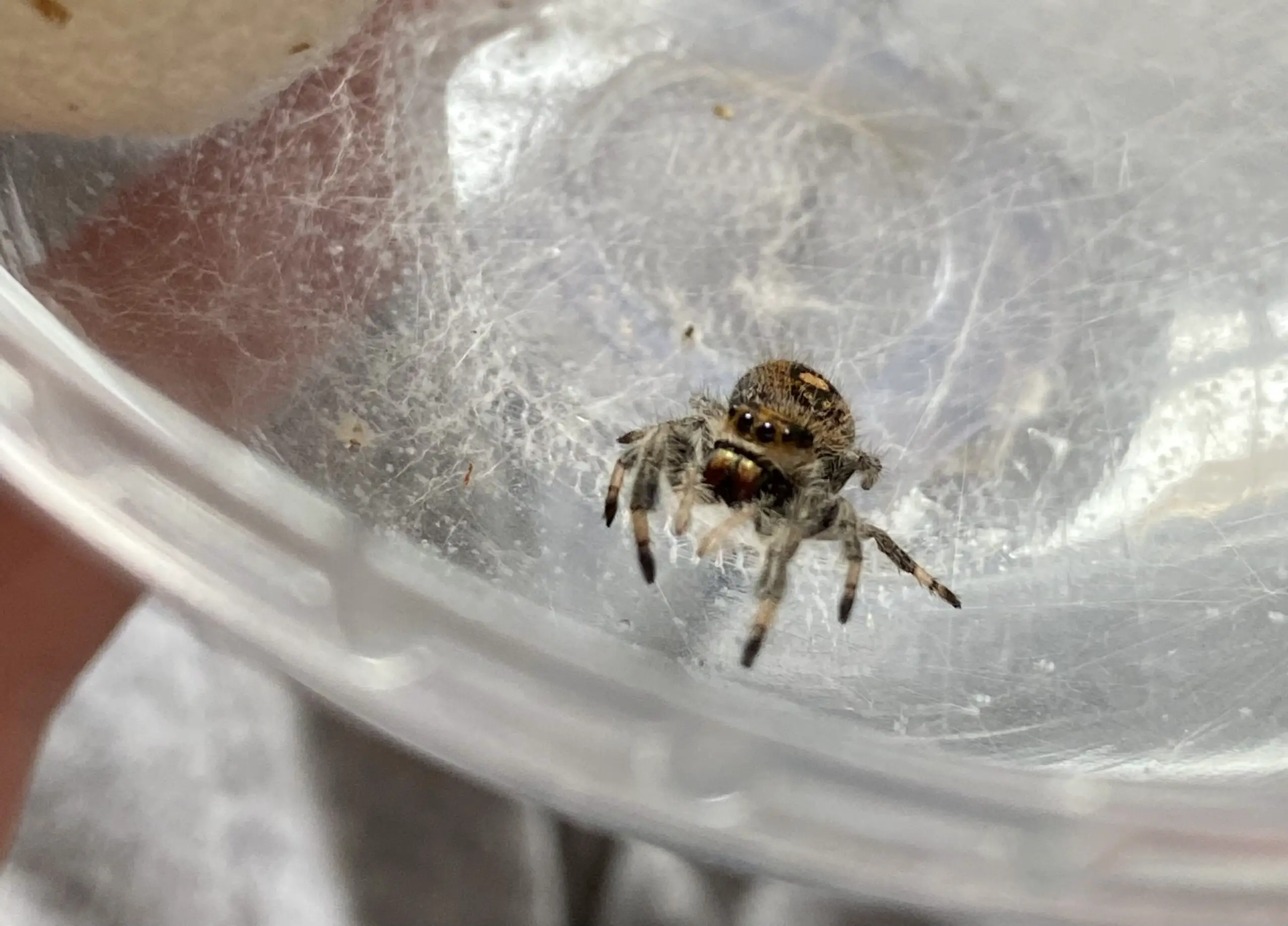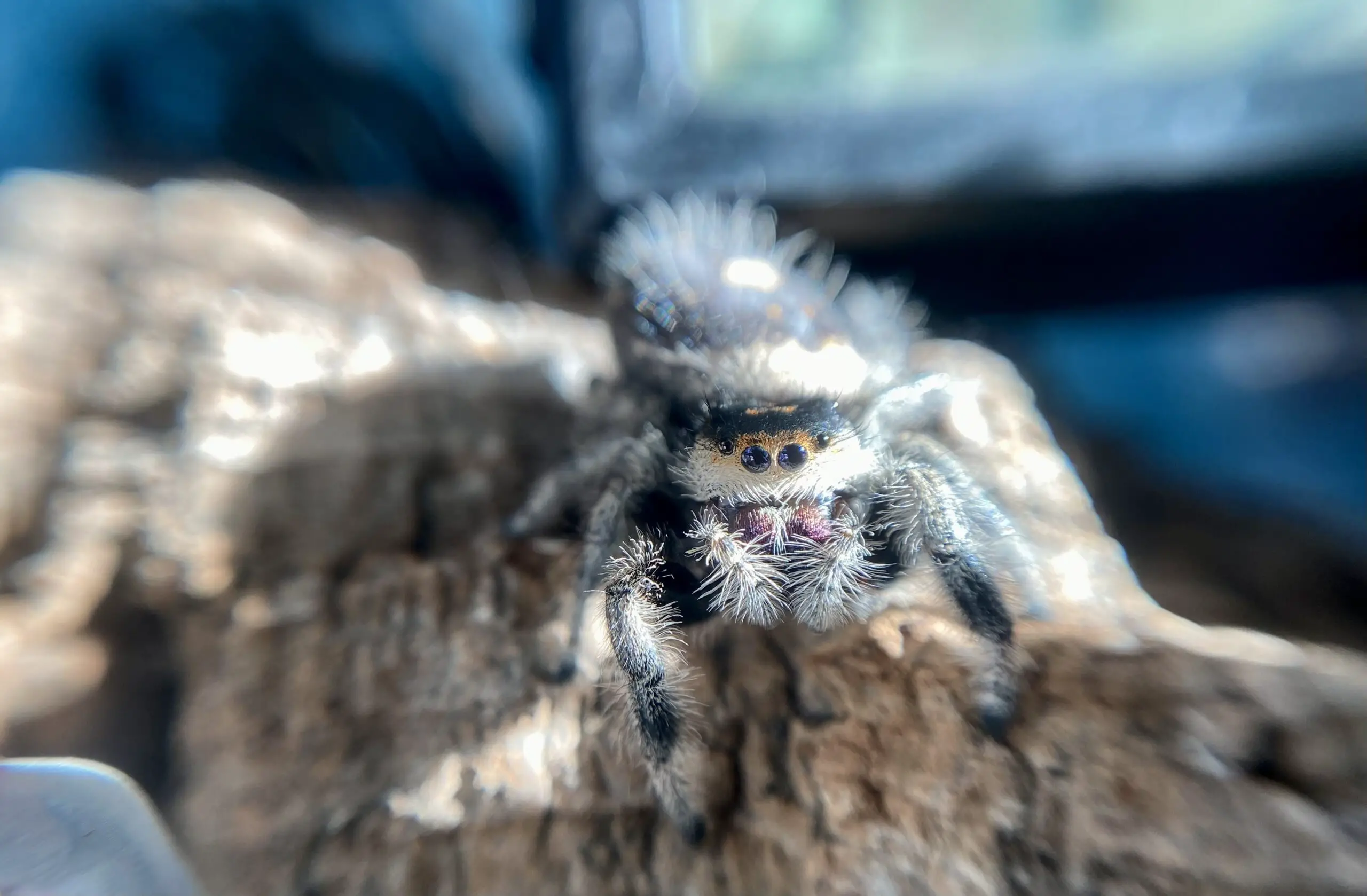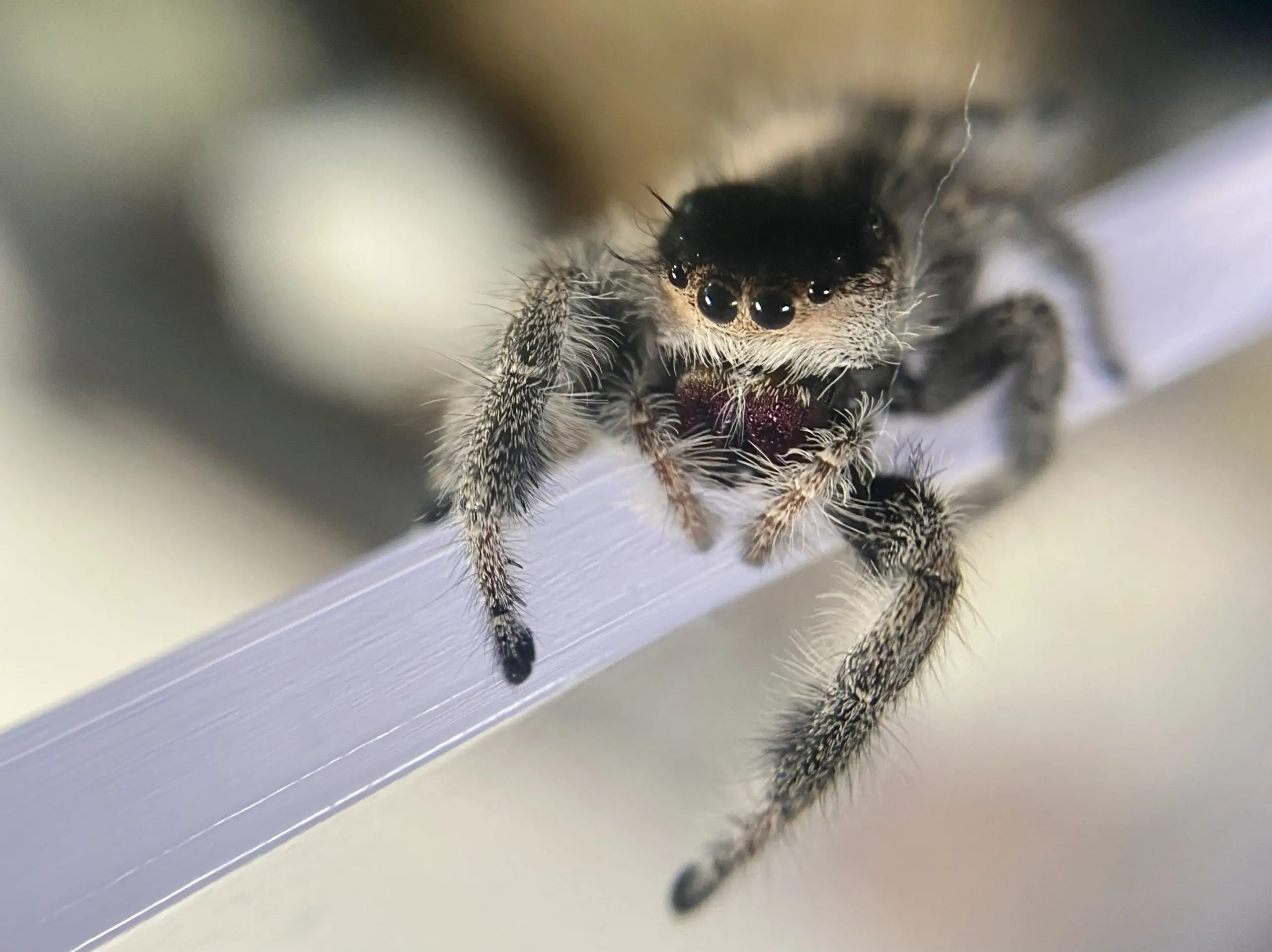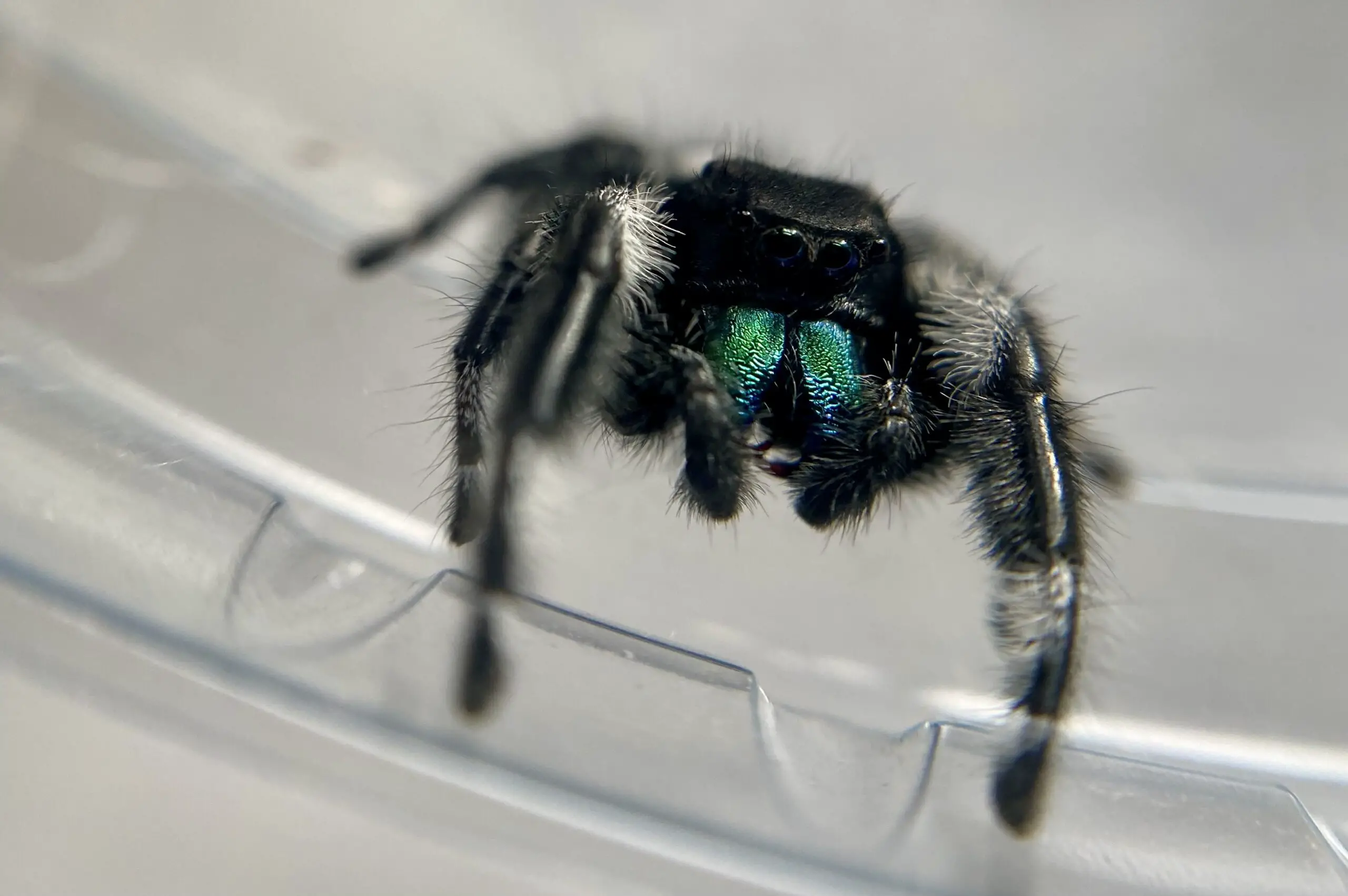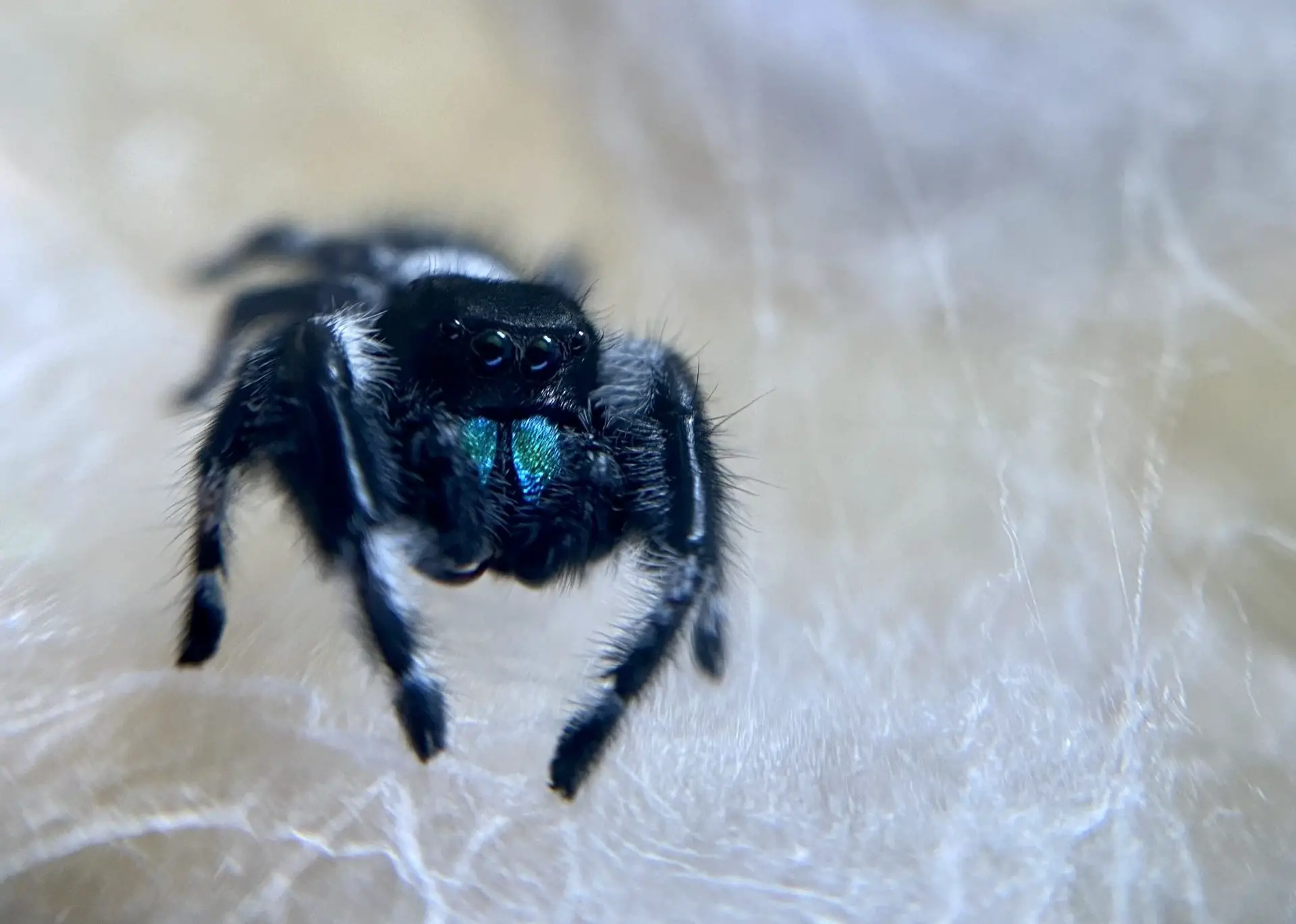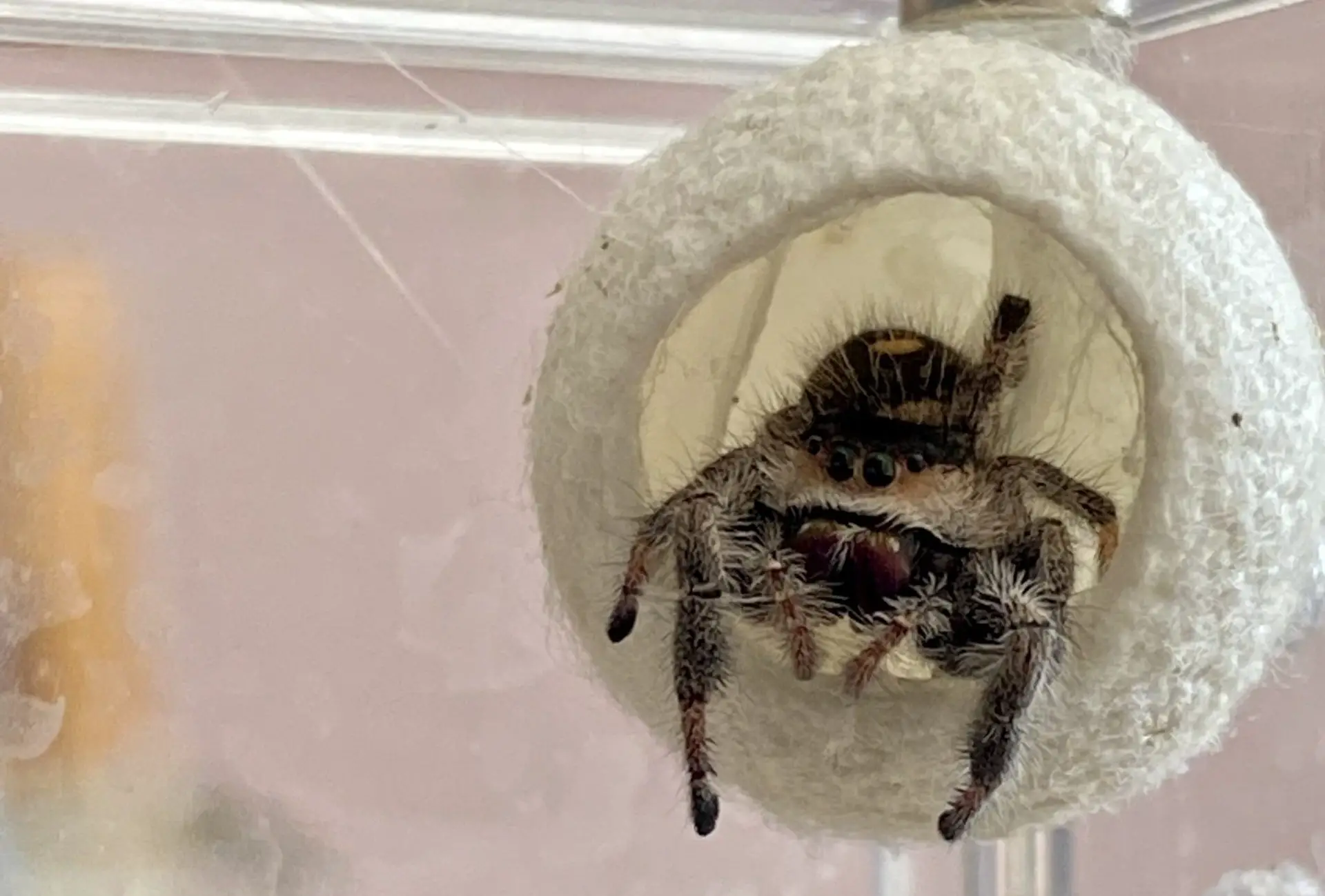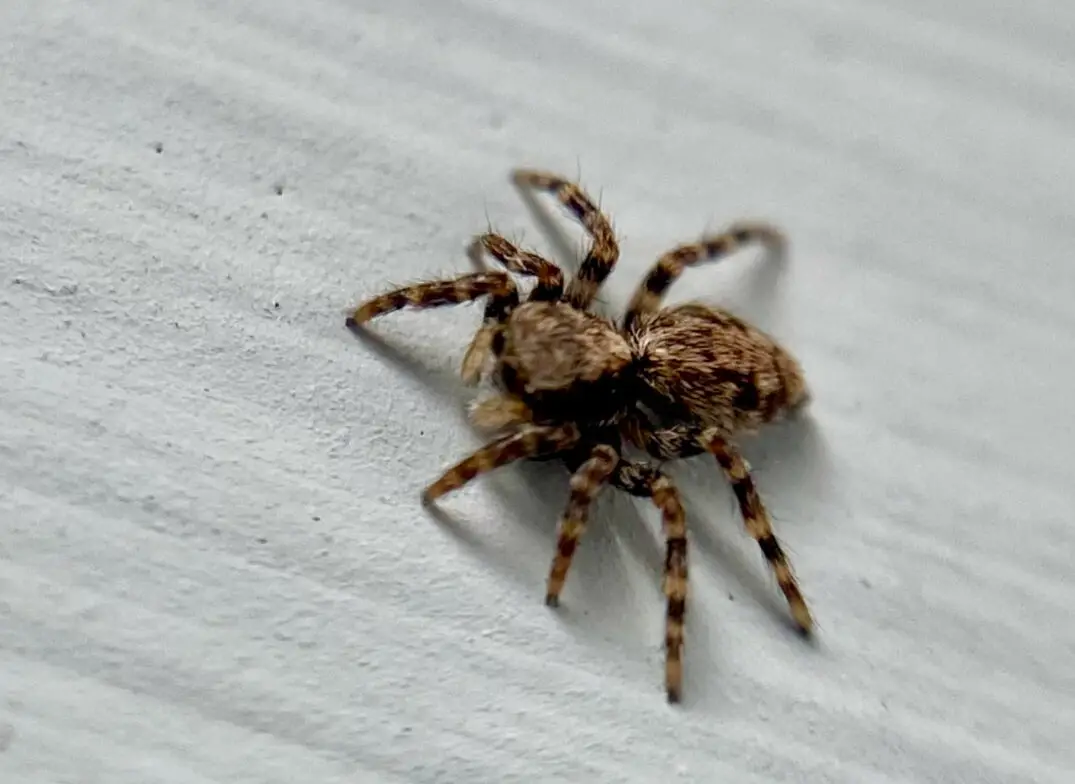
Learn how to keep a pet arachnid
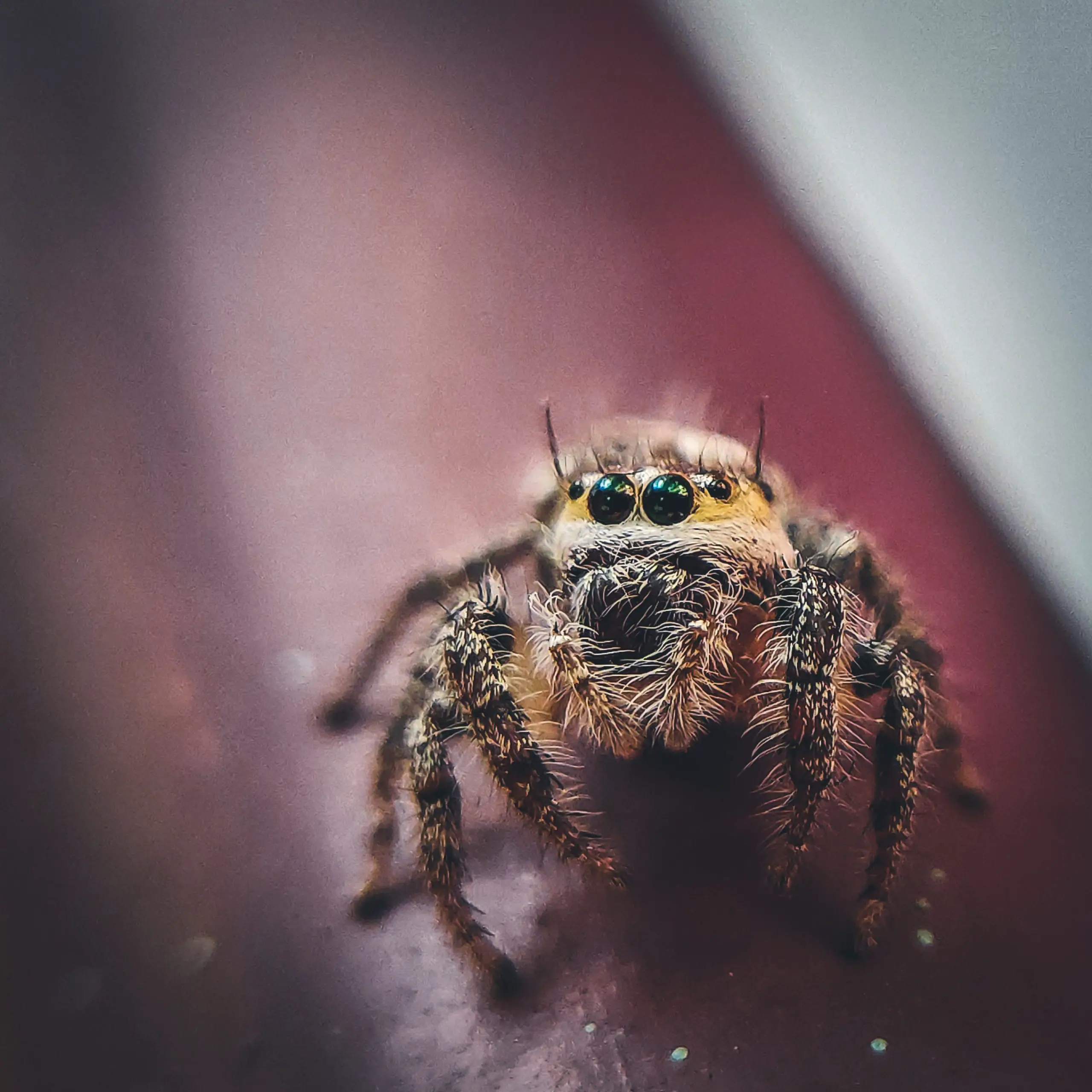
Jumping Spider Species
Portia Labiata Species Name Portia labiata – This species, commonly known as the White Mustached Portia Jumping Spider, belongs to the Salticidae family of spiders, renowned for their acute vision...
Hyllus Giganteus Species Name Domain: Eukaryota – These are organisms with complex cells containing a nucleus. Kingdom: Animalia – This kingdom includes multicellular, eukaryotic organisms that are typically motile and...
Phidippus Johnsoni The Red-backed Jumping Spider, scientifically known as Phidippus johnsoni, is a fascinating species that has garnered significant interest due to its unique characteristics and behavior. Here is an...
Zebra Jumping Spider (Salticus scenicus) The Zebra Jumping Spider, scientifically known as Salticus scenicus, is a well-known species found predominantly in the Northern Hemisphere. It is notable for its distinctive...
Tan Jumping Spider (Platycryptus undatus) Species Name The Tan Jumping Spider, scientifically known as Platycryptus undatus, is a member of the Salticidae family. This spider is distinguished by its unique...
Paraphidippus Aurantius The Emerald Jumping Spider, scientifically known as Paraphidippus aurantius, is a fascinating species of spider belonging to the Salticidae family. Name Origins The scientific name “Paraphidippus aurantius” of...
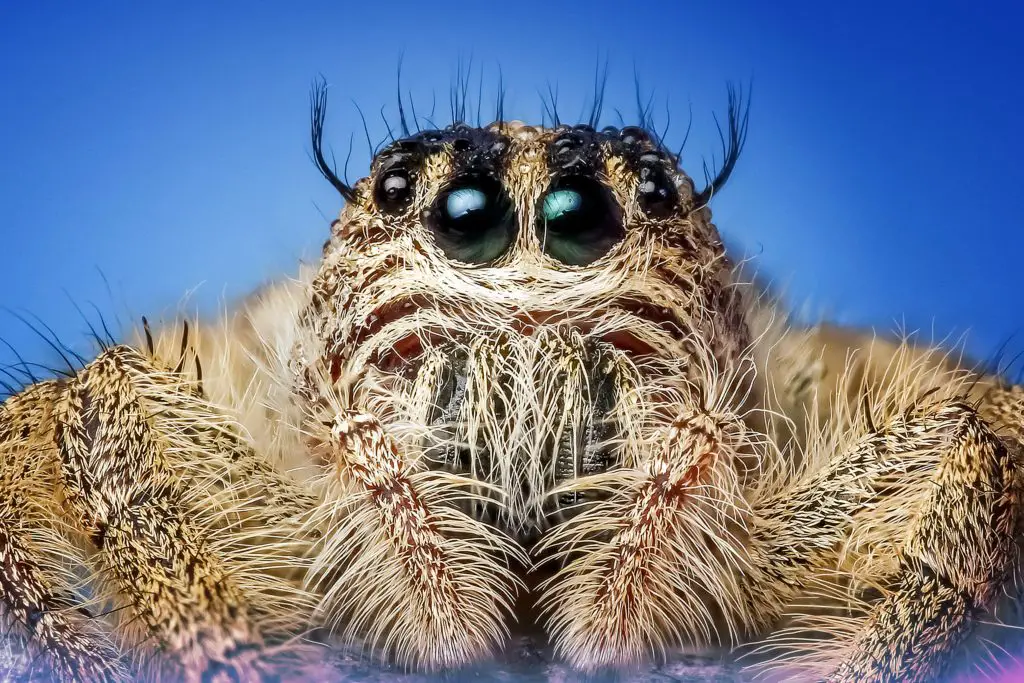
Anatomy of Jumping Spiders The body of a jumping spider is a very unique thing. Many people find spiders disturbing, mostly due to their spindly...
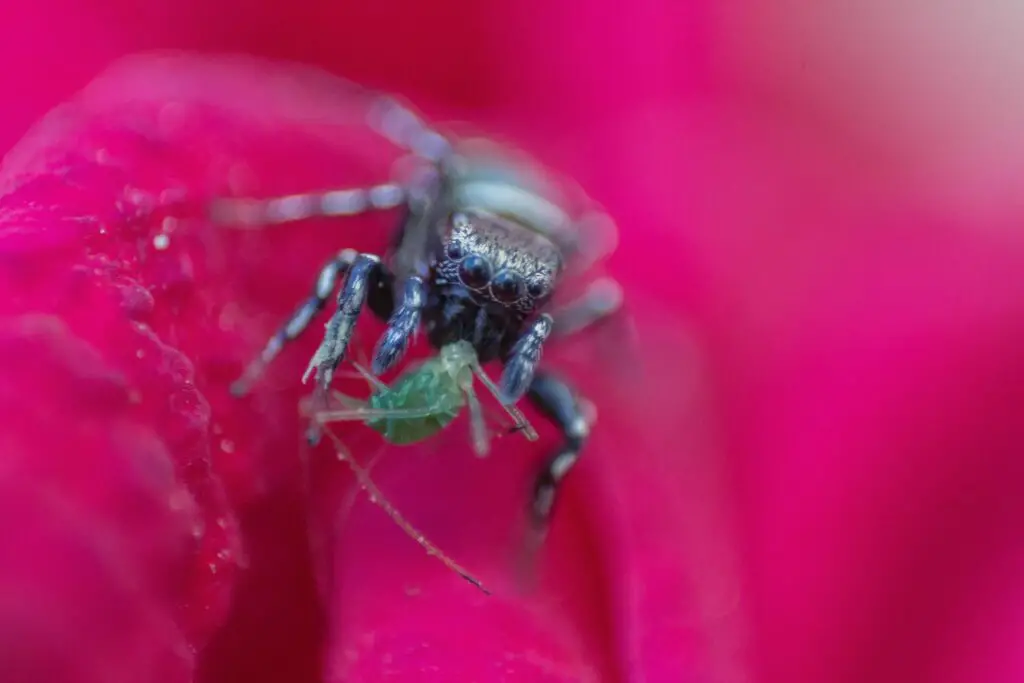
Behavior of Jumping Spiders Many people glance away from spiders without a second thought, but have you ever watched how they act? More specifically, have...
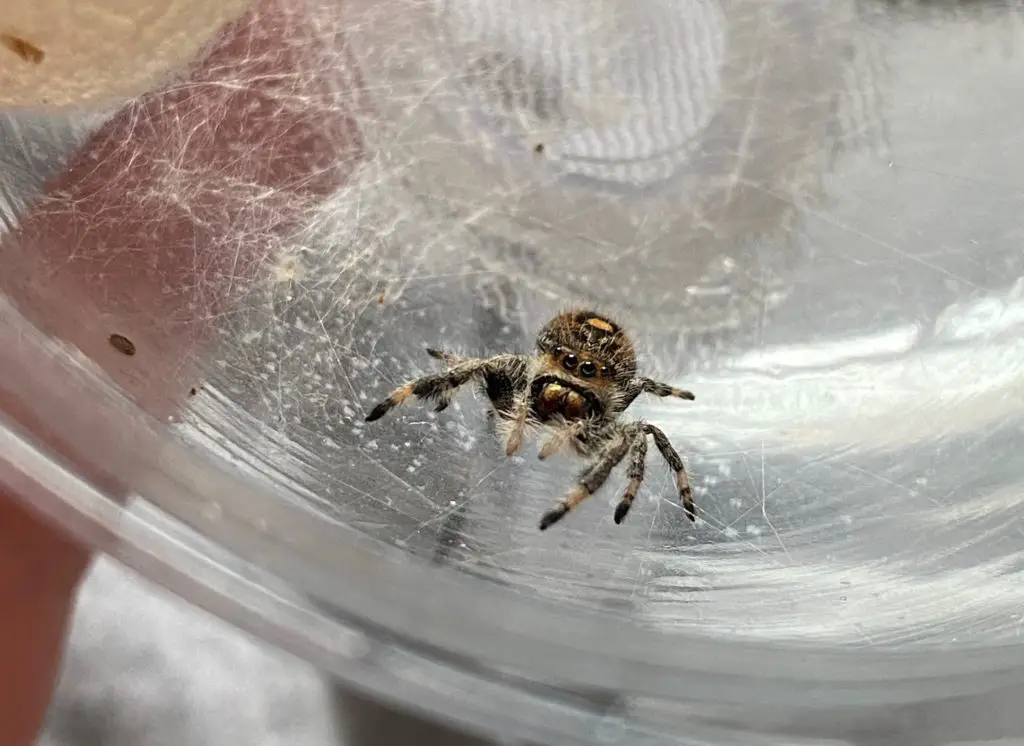
Buying a Jumping Spider Deciding to buy pet jumping spiders should not be a spontaneous choice, but it is also a decision that you are...
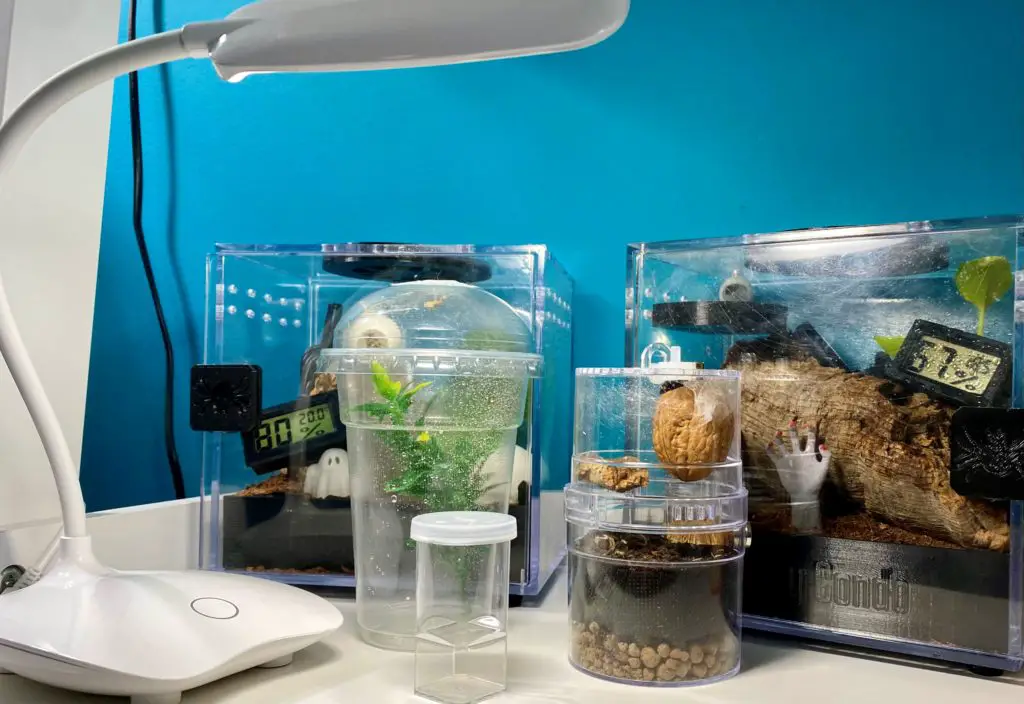
Enclosure Set-Up for a Jumping Spider Spiders Web HQ is reader supported, meaning that when you click on product links we may receive a small...
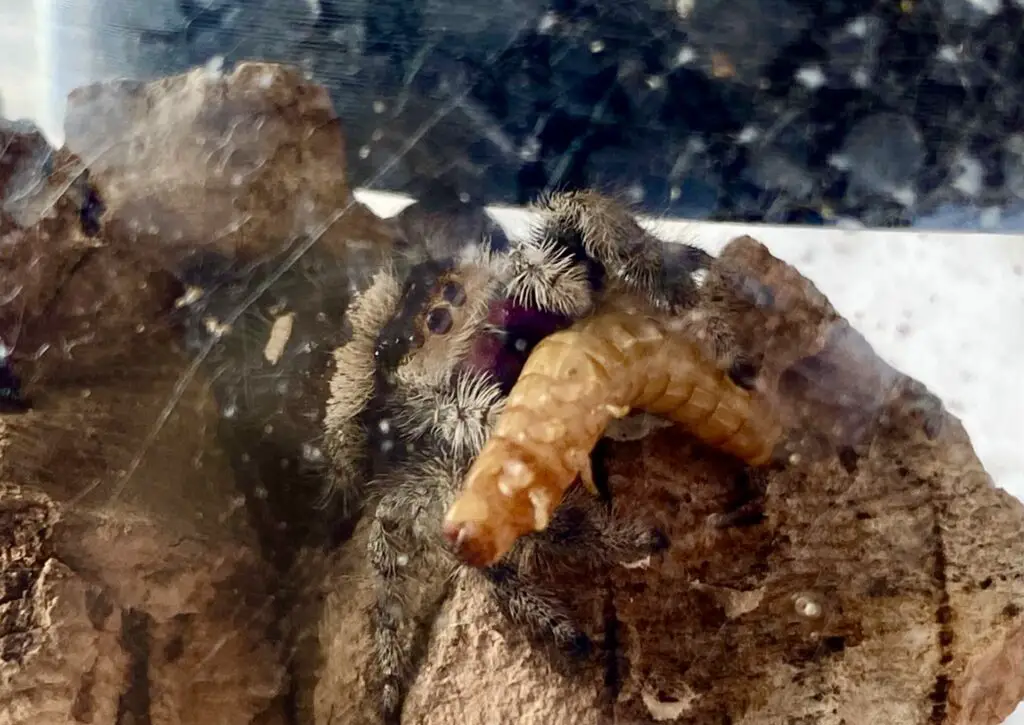
Feeding a Jumping Spider No matter what pet you own, feeding them is essential, and jumping spiders are no different. However, these little creatures have...
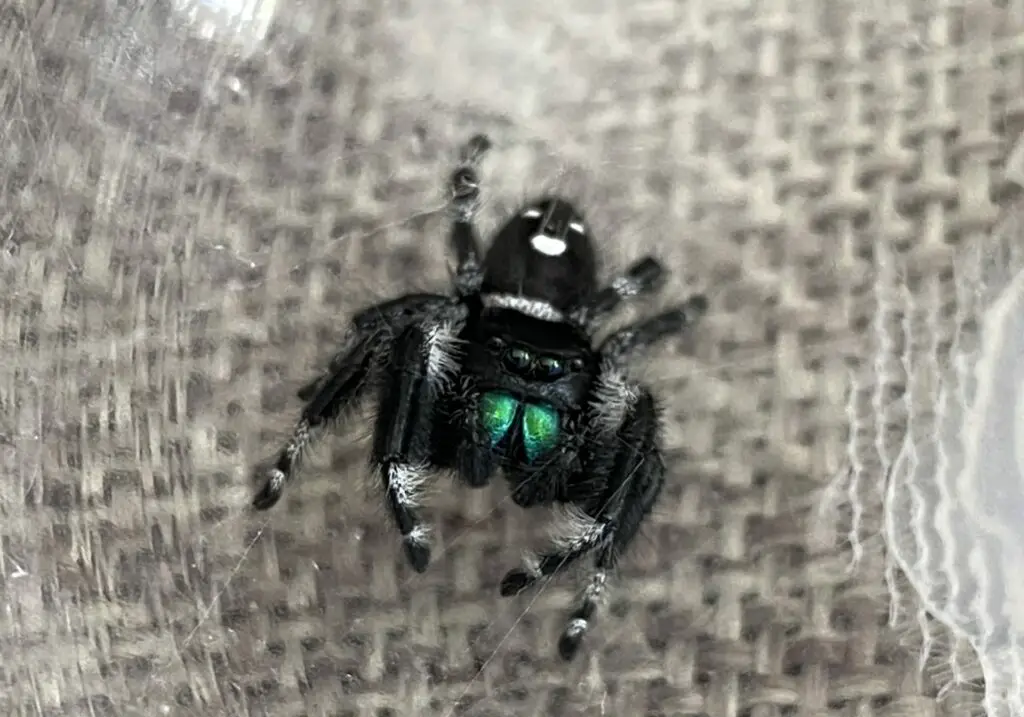
Life Stages of Jumping Spiders The life cycle of jumping spiders is generally the same as any other species of spider. It generally consists of...
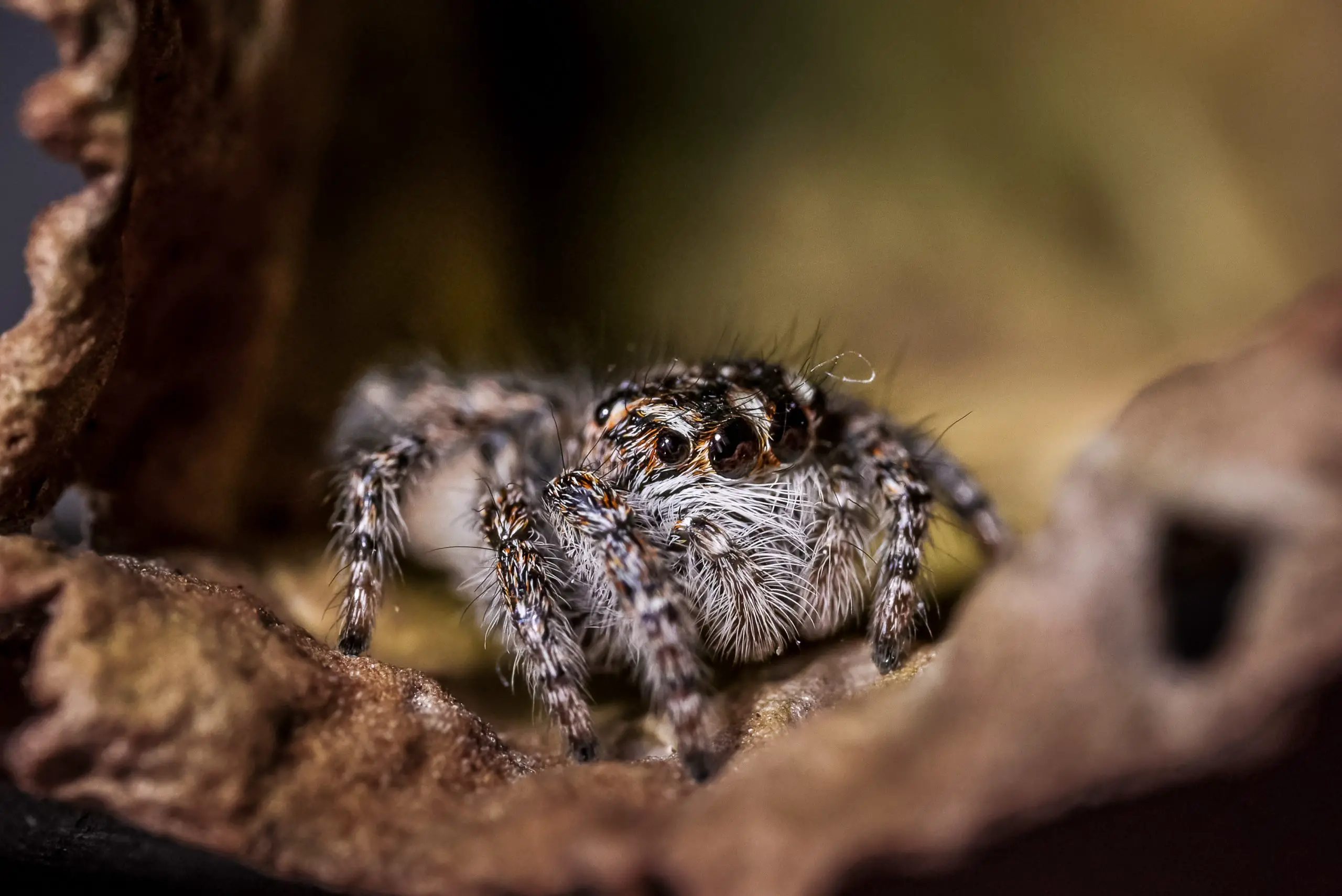
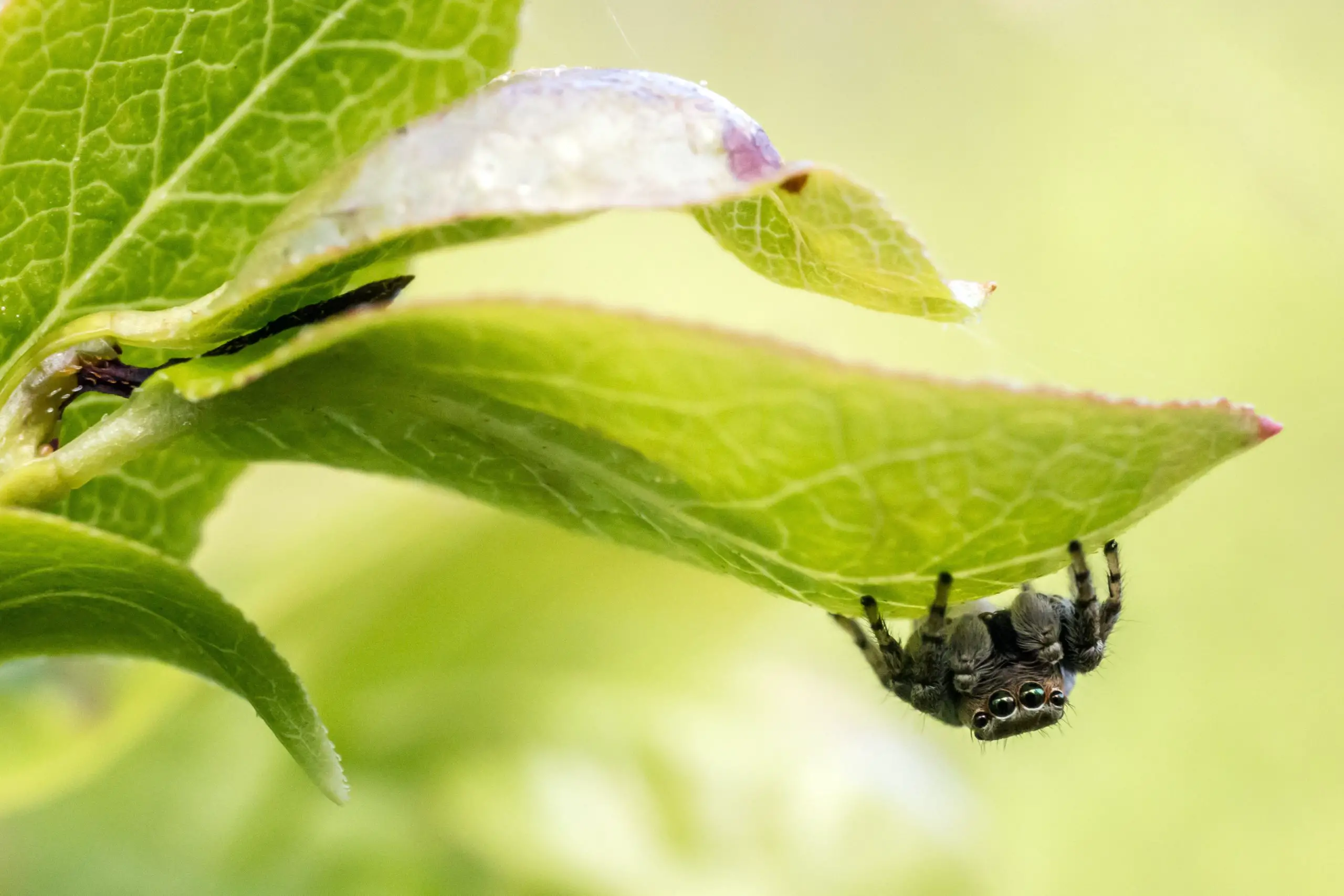
Jumping spiders can jump up to 40 times their body length
Unsurprisingly, jumping spiders do actually have the ability to jump. This ability comes from their back legs; they rely on their segmented legs and hemolymph (or blood, to you and I) flow to do this.
When a jumping spider wants to jump, they do so by suddenly increasing the hemolymph pressure in their two or four back legs by contracting the muscles in the top half of their bodies. This causes their legs to extend, propelling them forward.
Jumping spiders lack the leg muscles that some hopping insects, like grasshoppers, have.
Tarantula Species
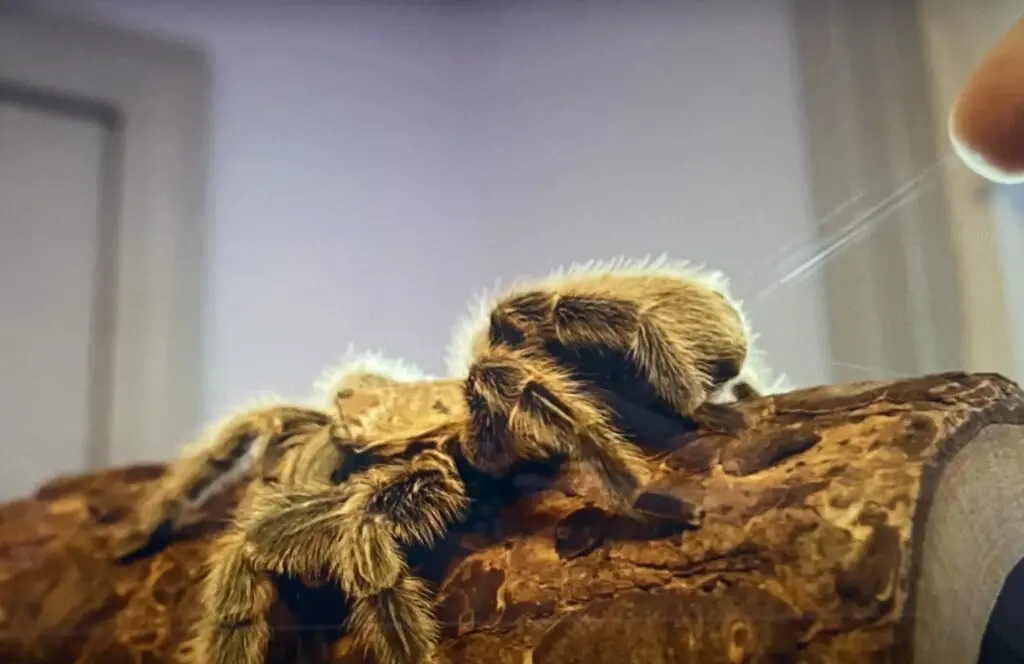
Anatomy of Tarantulas Understanding tarantula anatomy isn’t just an interest; it is a vital part of owning a pet tarantula. The anatomy of tarantulas relates...
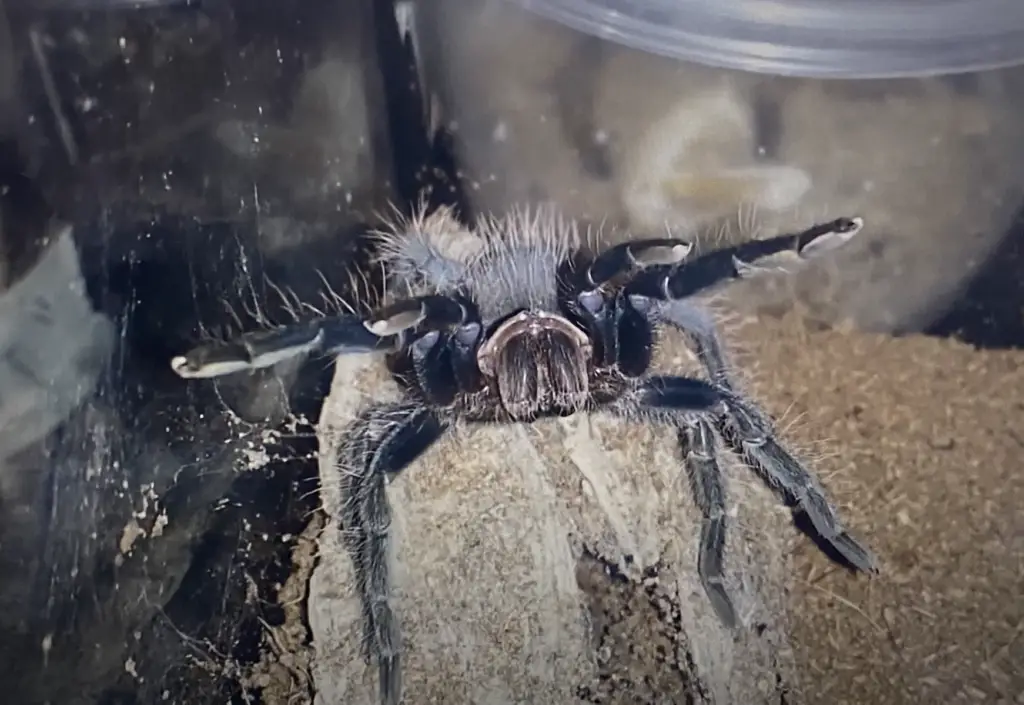
Behavior of Tarantulas A tarantula’s behavior can be considered quite mysterious, especially as they spend a lot of their time hidden away in the wild....
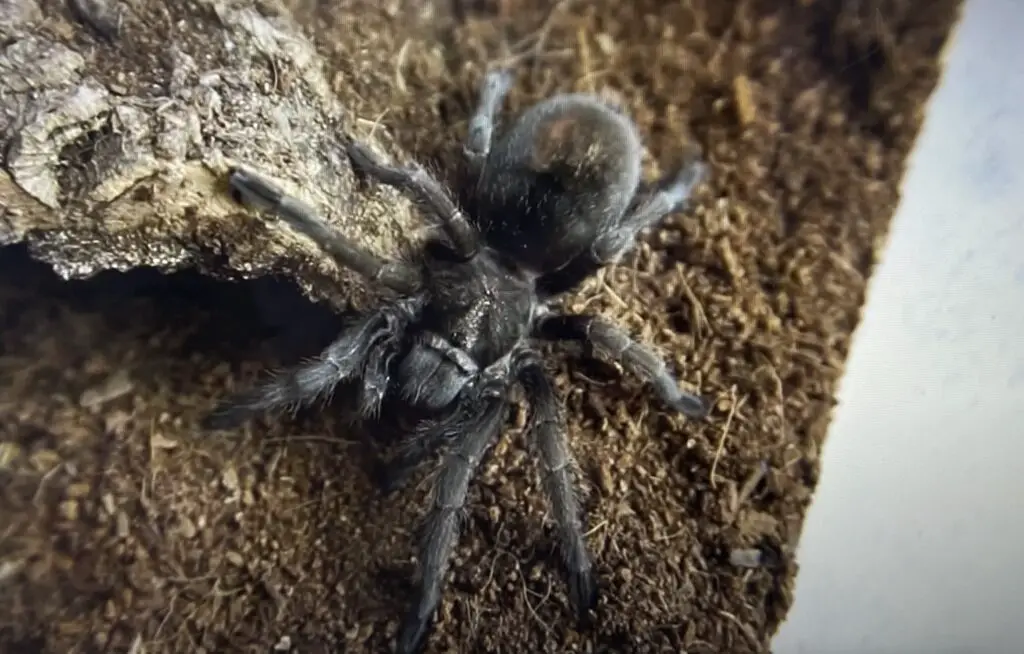
Buying a Tarantula Deciding to buy a tarantula, or any pet for that matter, should not be a spur-of-the-moment choice. Not only do these arachnids...
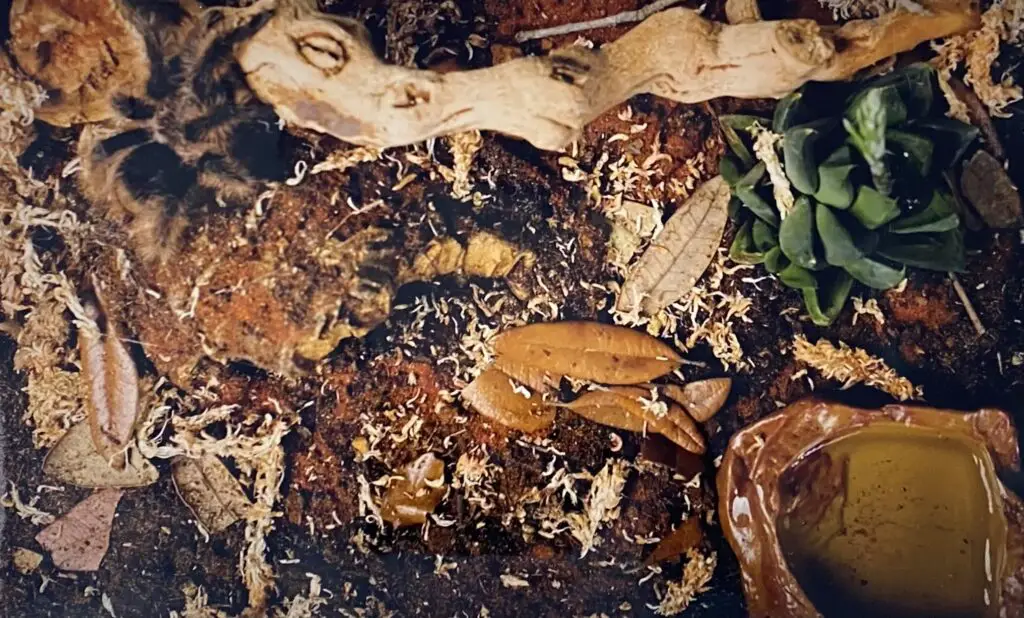
Creating a Tarantula Enclosure Tarantulas require the correct habitat to thrive, so setting up an enclosure to meet your pet arachnid’s requirements is essential. Researching...
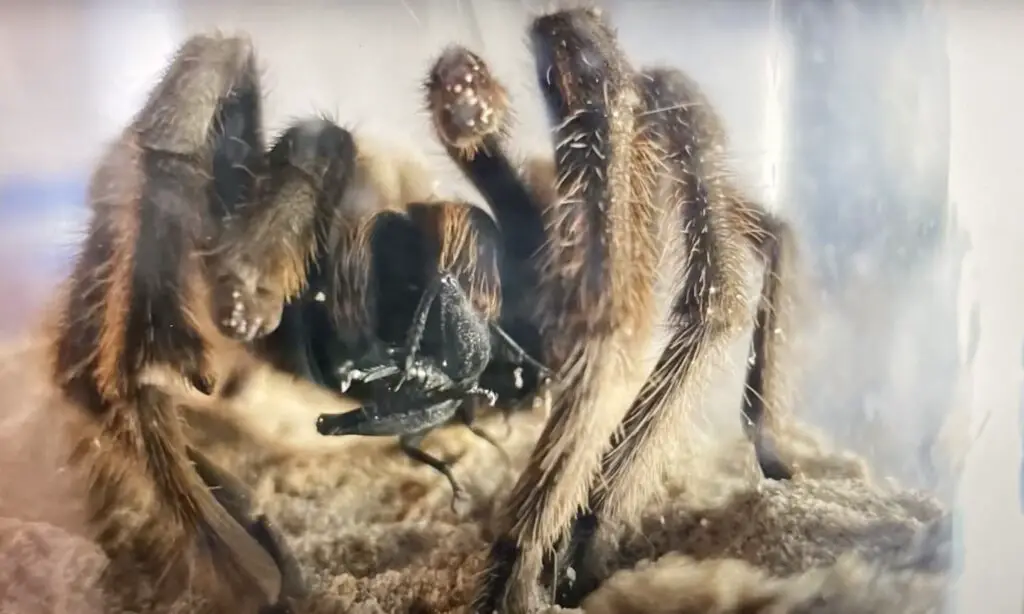
Feeding a Tarantula A proper diet allows tarantulas to grow and thrive, no matter if it’s in the wild or a pet in captivity. Feeding...
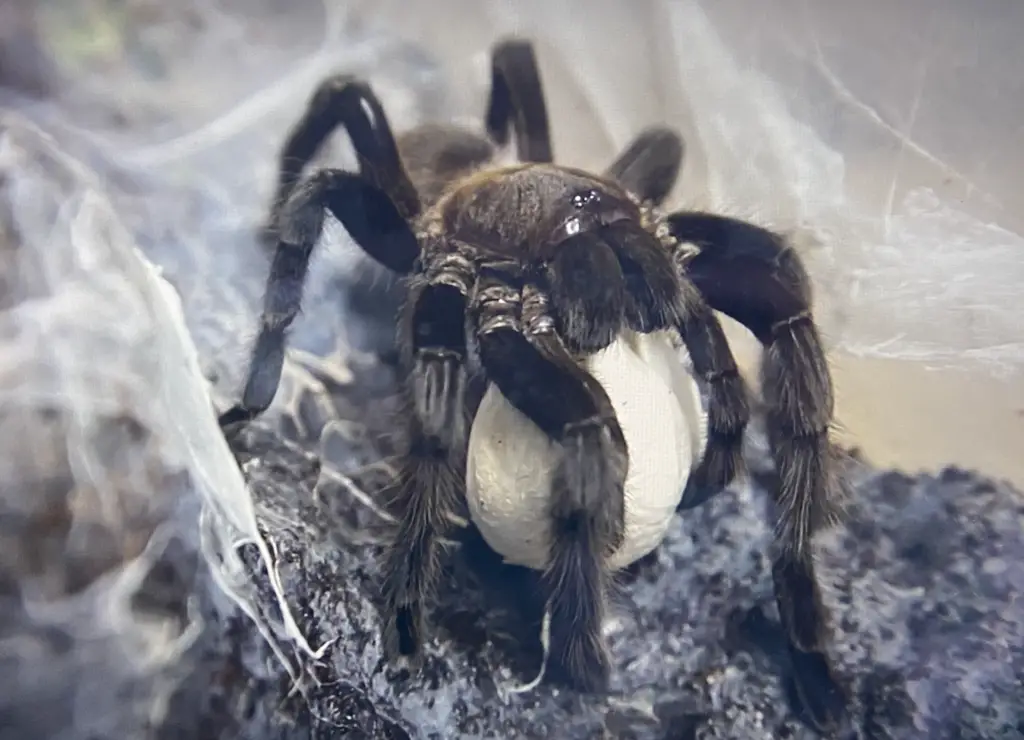
Life Cycle of Tarantulas Like most spider species, a tarantula’s life will consist of three main stages: eggs, spiderlings, and adults. These stages are similar...
Tarantulas are the largest spiders on the planet
Similar to other spides, like jumping spiders, tarantulas grow by shedding their old exoskeleton and growing a new one. This process can take a few hours or even days to complete.
Tarantulas will continue this process until they reach maturity, which can take three to seven years for males and up to a decade for females.
